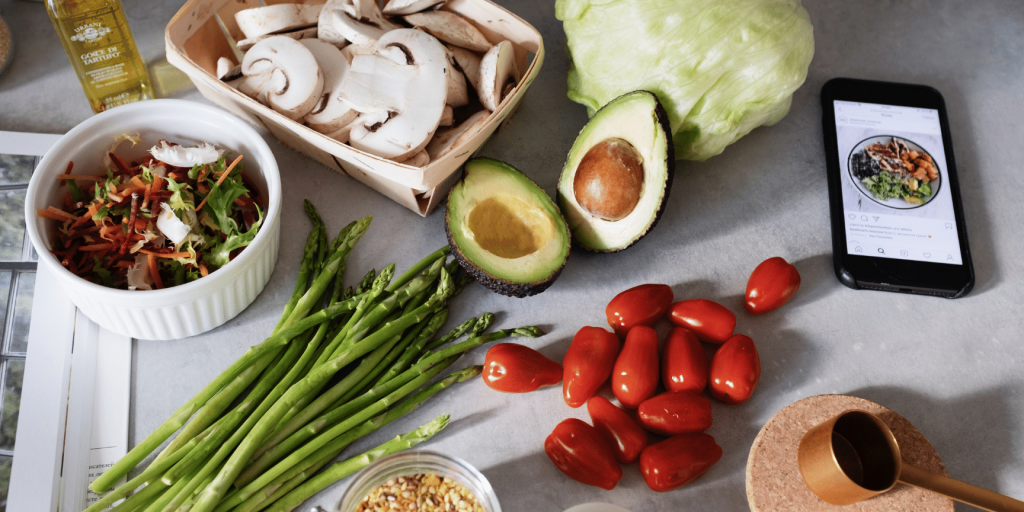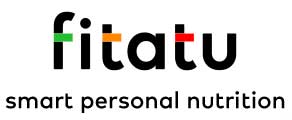Reduction diet – what is it and what are the rules

If you want to reduce body weight, it is important not only to be physically active, but above all to eat a diet. On a “reduction” diet, you should consume fewer calories than your daily requirement. Find out what a reduction diet is and for whom it works!
Reduction – what is it and what does it involve?
Before you start a reduction diet, it is worth knowing what reduction is. The term is used to describe the whole process of reducing body fat. This is usually accompanied by a decrease in body weight and circumference. Reduction usually combines a diet focused on reducing calorie intake with regular physical activity.
A well-balanced reduction diet assumes a gradual weight loss of approximately 0.5-1 kg per week. Sometimes, at the very beginning, the process goes faster – this is linked to the loss of water deposited in the intercellular spaces. After a few days, the pace slows down accordingly and the next results become visible after a slightly longer period of time.
Remember that only a well-planned reduction will ensure the desired success. What does this mean? First and foremost, stick to a few rules regarding the number of meals, calorie content and appropriate distribution of the energy provided from food. The most important of these are:
a reduction diet implies a reduction in supply of 100-1000 kcal (the amount of calories supplied, cannot be lower than the value of PPM – basal metabolism);
meals should contain all the necessary nutrients in the right proportions;
eat little but often – ideally plan 4-5 meals a day;
eat products rich in dietary fibre;
drink at least 1.5 litres of water a day, and calculate your own water intake; a daily intake of 30-35 ml of fluids per kg of body weight is best;
give up products rich in trans fats, highly processed foods, fast food, sweets and sugary drinks.
If you plan a healthy, balanced menu, weight reduction will not only be more effective, but also sustainable. Drastically reducing your energy intake can end up in emaciation or a yo-yo effect. Before deciding how many calories on a reduction you want to ‘cut down’, count your daily calorie requirements and then subtract 100-1000 kcal from the result. Start by calculating your TMR, or total metabolism rate, which includes BMR (basal metabolic rate) and PAL (psychical avtivity level). Do this using the following formula:
TMR = BMR x PAL
To calculate BMR, you can use the FAO/WHO formula, based on age, sex and body weight. This formula is internationally recognised, which is why we use it in our Fitat calorie calculator.
| Age | Male | Female |
| 11 – 18 years old | 17,686 * weight + 658,2 | 13,384 * weight + 692,6 |
| 19 – 30 years old | 15,057 * weight + 692,2 | 14,818 * weight + 486,6 |
| 31 – 60 years old | 11,472 * weight + 873,1 | 8,126 * weight + 845,6 |
| over 60 years old | 11,711 * weight + 587,7 | 9,082 * weight + 658,5 |
Weight reduction – effects
You already know what reduction is all about, so it’s time to focus on the effects you can achieve from the process. Most people start weight loss for aesthetic reasons – they want to weigh less and feel more attractive. While the aesthetic issue is important, weight reduction for overweight and obese people has many more benefits. First and foremost, weight reduction and the loss of excess weight is beneficial to health.
Reducing body fat, especially in the case of visceral obesity, is extremely important for the functioning of the internal organs. De-fattened, they can work even better, which translates into a person’s health and well-being. Correct body weight – appropriate for a person’s gender, age and height – reduces the chances of developing insulin resistance, type 2 diabetes, metabolic syndrome and many other conditions.
What to eat when reducing and what is better to avoid?
A reduction diet is all about creating a calorie deficit. Eat smaller meals every 2-3 hours and you will not be hungry, even though you have reduced your energy supply. What foods should you include in your diet so that you feel satiated after eating? Find out what to include in your diet and what to avoid.
What to eat when reducing?
vegetables in any form – preferably fresh, but you can safely reach for frozen! Boil, bake or braise them – avoid frying, especially in deep fat;
fruit – fresh or frozen, preferably with a high fibre content and low glycaemic index, e.g. raspberries, blackberries, currants, apples, peaches, blueberries or citrus fruit;
cereal products – wholemeal pasta and bread, brown rice, coarse cereals, oatmeal;
lean meat – e.g. rabbit, turkey, skinless chicken, veal;
fish – e.g. pollock, cod, tuna;
fats – use small amounts of: rapeseed oil, olive oil, linseed oil,
lean dairy products – yoghurts, cottage cheese, buttermilk, white cheese;
drinks – mainly water, but you can also drink herbal, unsweetened teas – e.g. green, Pu Erh, Rooibos.
What to avoid when reducing?
highly processed foods, rich in harmful trans fats;
fast food – especially deep-fried;
sweet drinks – carbonated and non-carbonated (it is also worth limiting fruit juice consumption);
ready-made sweets – except for the healthy sweet snacks included in the diet plan;
salty snacks – crisps, breadsticks, fried nuts,
fried foods;
fatty meats and cheeses;
use of stimulants.
Now you know what to eat on a reduction and what to avoid, so working out your diet should not be difficult. If you have any doubts, you can consult a dietician – a specialist will tell you how to create a healthy menu in your case.
Sample weight reduction diet – menus
To make weight reduction healthy and effective, create a suitable menu based on the products mentioned above. What might a sample meal plan look like? Here is a sample reduction diet for a daily supply of 1500 kcal:
Breakfast: coconut oatmeal with banana and kiwi (565 kcal).
Second breakfast: pear smoothie with milk and cinnamon (263 kcal).
Lunch: cauliflower in a tomato sauce with millet groats and kale (396 kcal).
Dinner: tomato and watermelon gazpacho (157 kcal).
Snack: Greek salad with feta cheese (192 kcal).
Worried that you won’t be able to count your calories every day and therefore, the whole reduction won’t work? No way! The Fitatu app will come to your rescue – it is free to use, but you can also purchase a premium option with access to ready-made diets. The app will count calories for you – just enter your planned menu and you’ll be instantly informed of energy and nutrient amounts.
Remember, it is not only important what to eat when reducing and what to avoid – you must not forget to take in the right amount of fluids either. Fitatu also reminds you to drink water – a very important part of the whole process. With the app, you are sure to drink as much water as you should!
Reduction diet – who will it work for?
A reduction diet is an option for anyone who wants to lose excess weight and feel better. Fighting overweight and obesity by reducing calorie supply and creating a deficit is the best way to protect against type 2 diabetes and lower blood pressure. Reduction is also recommended for people with metabolic syndrome – with a balanced diet, they can balance their lipid balance and get rid of visceral obesity.
Fitatu
Download the application from the Play Store or Apple Store and start counting your macros with us!
Do you prefer the web version? No problem. A basic web version is prepared for our subscribers. And now you can use the M-REDU-5 discount code by going to https://www.fitatu.com/app/giftcode and get 29% off your monthly Fitatu Premium.
What else can you find in Fitatu Premium?
- over 1000 recipes plus several new ones every month
- additional plans for intermittent fasting
- the ability to create shopping lists
- a choice of six ready-made menus full of meals to choose
- filtering products and recipes
- more synchronization with fit apps
- access to the application in the web version
- no ads!





